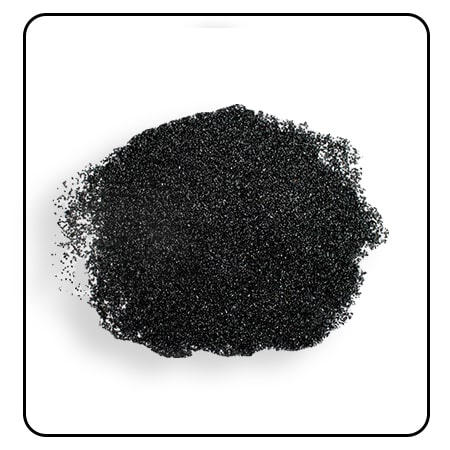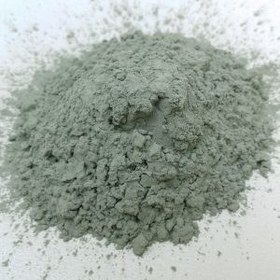
Abrasive powder, also known as powdered abrasive or سنباده پودری in Persian, is a fine material used for smoothing, polishing, lapping, and other surface finishing processes. It consists of small, hard particles that, when applied to a surface, remove material through friction and abrasion. The effectiveness of abrasive powder depends on its material composition, particle size (grit), and application method. It is a versatile tool used across various industries, from metalworking and woodworking to glass and ceramics manufacturing.

Abrasive powders are made from various materials, each possessing unique hardness and cutting properties. The most common types include:
The effectiveness of abrasive powder is closely tied to its particle size, often referred to as grit. Grit sizes are classified using a numerical system and indicate the relative coarseness or fineness of the abrasive. Lower grit numbers indicate coarser particles, while higher grit numbers indicate finer particles. Here’s a general overview:
The correct grit size depends on the specific application and the desired surface finish. It is often necessary to use a sequence of progressively finer grits to achieve the desired result.
Abrasive powders find applications across numerous industries due to their versatility in surface finishing. Here are some key areas where they are used:

In metalworking, abrasive powders are essential for achieving precise dimensions, smooth surfaces, and desired finishes. Common applications include:
Aluminum oxide and silicon carbide are the most commonly used abrasive powders for metalworking due to their hardness and cutting efficiency.
Abrasive powders play a critical role in woodworking, enhancing the appearance and feel of wooden surfaces. They are used for:
Garnet and aluminum oxide are frequently used in woodworking as they provide a good balance between material removal and surface quality.

The unique properties of glass and ceramics require specialized abrasive powders for effective processing. These materials are used for:
Silicon carbide, diamond, and cerium oxide are the preferred choices for working with glass and ceramics due to their ability to provide high precision and quality finishes. To buy سنباده رولی, check تهران پولیش.
Abrasive powders are also used in the processing and finishing of plastic components. Their applications include:
Aluminum oxide and other relatively mild abrasives are preferred for working with plastics to avoid excessive material removal or damage to the surface. Looking for پرداخت کاری services? Tehran Polish can assist.
The method of applying abrasive powder depends on the specific application and the desired result. Common methods include:
Abrasive paste is created by mixing abrasive powder with a suitable liquid binder, creating a thick consistency that is easy to apply and control. This form is commonly used for:
The binder can be water, oil, or a wax-based compound, depending on the application and the material being processed.
Abrasive slurry involves suspending abrasive powder in a liquid carrier, such as water or oil, creating a fluid mixture. This method is primarily used in:
The concentration of abrasive powder in the slurry, as well as the type of liquid carrier, are critical factors in achieving the desired results.
Applying abrasive powder in its loose, dry form is less common but still used in some specialized applications. This method involves:
This method requires careful control to ensure consistent results and avoid over-abrasion.

Working with abrasive powders requires adherence to safety precautions to protect against potential hazards. Key safety measures include:
Proper storage ensures the abrasive powder retains its quality and effectiveness. Key considerations include:
Abrasive powders offer several advantages over other abrasive materials:
Despite their advantages, abrasive powders have some drawbacks:
Choosing the appropriate abrasive powder involves considering several factors:
Always test the abrasive powder on a sample piece before applying it to the final product to ensure the desired outcome.
Abrasive powder is a fundamental material in a wide range of industries, providing the means for surface finishing, polishing, and material removal. By understanding the different types of abrasive powders, their applications, and the necessary safety precautions, users can effectively utilize these materials to achieve high-quality results. For high quality سنباده رولی and پرداخت کاری, visit تهران پولیش and پولیش تهران.



